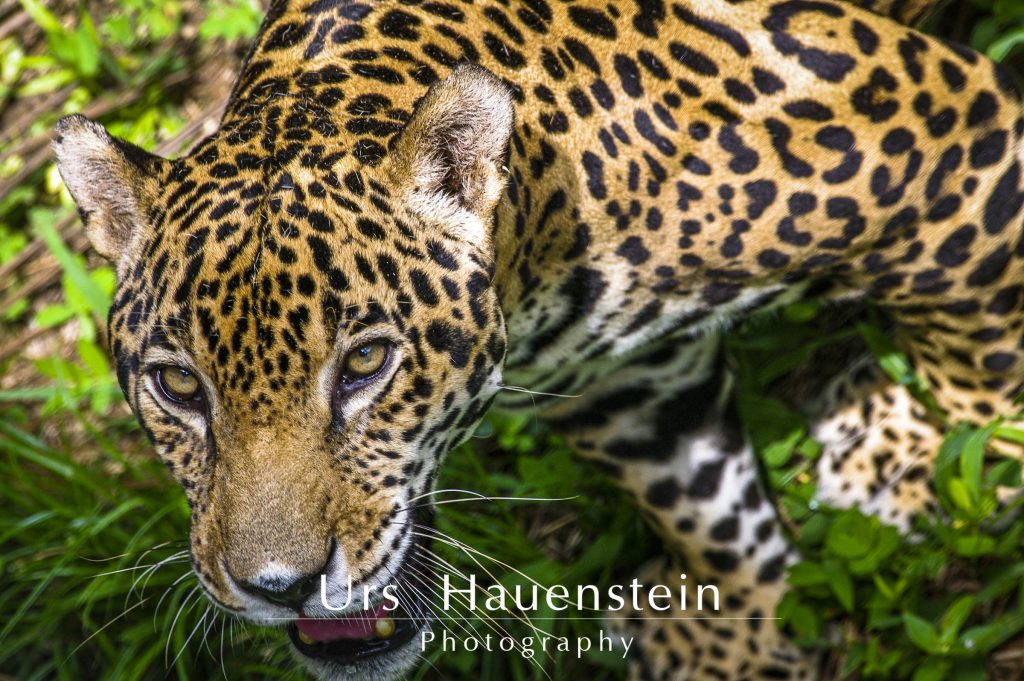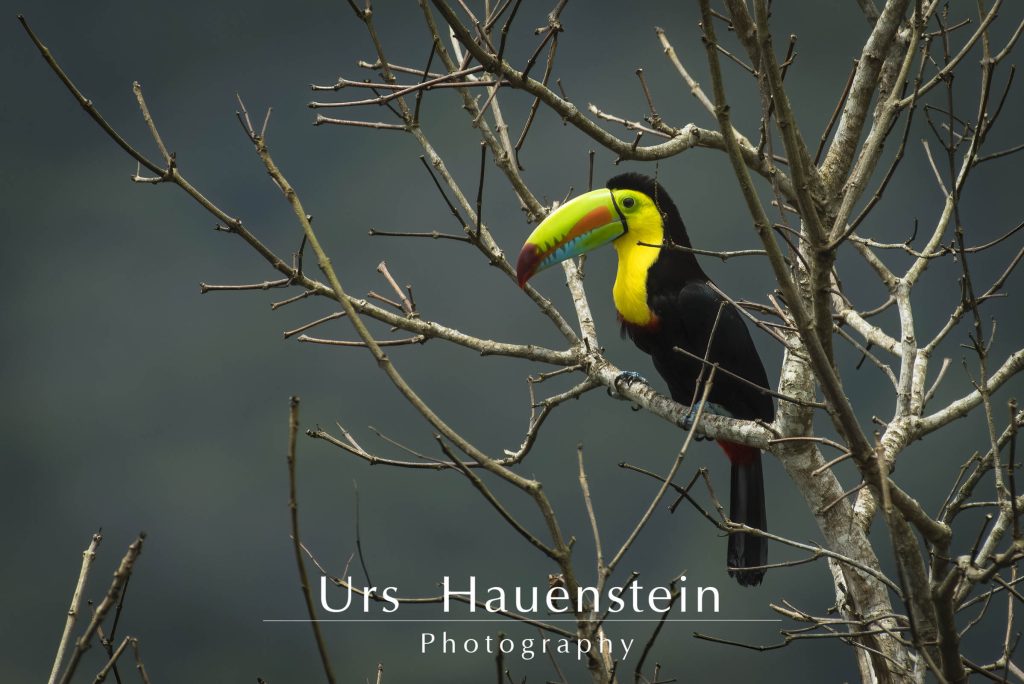Introduction to Ecotourism and Nature Conservation
Ecotourism and Nature Conservation: A Perfect Partnership
Ever thought about how your travel choices impact the world around you? Ecotourism is making waves by turning your adventures into opportunities for good. It’s about visiting nature spots responsibly, keeping the environment safe, and boosting local communities. When you dive into ecotourism, you back efforts that protect nature and its wild residents.
Picture yourself wandering through a lush rainforest. Opting for eco-friendly travel means your visit helps pay for conservation projects that guard these natural wonders. Your choices ensure that the stunning sights of today stay just as magical for future explorers.
Why We Need Nature Conservation To Make Ecotourism Work
Conservation is the lifeblood of ecotourism. Without it, the attractions we love would fade, and the unique experiences would lose their charm. Here’s why these initiatives are so crucial:
| Why It Matters | What’s Involved |
|---|---|
| Keeping Nature Buzzing | Conservation keeps biodiversity intact, a big magnet for tourists. Discover how ecotourism protects wildlife. |
| Preserving Jaw-Dropping Views | These efforts keep landscapes stunning for our enjoyment and appreciation. |
| Boosting Local Livelihoods | Conservation projects funded by ecotourism create jobs and provide sustainable incomes for locals. Learn more about doing ecotourism right. |
| Teaching the Next Generation | Many initiatives come with educational programs that highlight the importance of nature preservation. Get inspired by eco-friendly activities. |
By backing conservation efforts, we not only enrich our travel experiences but also support the environment’s well-being. Responsible ecotourism helps us leave a greener footprint and ensures future generations can share in the natural beauty we so cherish.
Sustainable Practices for Nature Conservation

Taking care of our environment isn’t just a hobby—it’s a must. When it comes to ecotourism, using sustainable tricks helps protect the earth and gives everyone a better experience.
Why Sustainable Tourism Matters
Sustainable tourism’s key for keeping our nature spots and their critters around. By acting responsibly, our travel doesn’t trash the very places we want to enjoy. Plus, it’s pretty sweet for local communities, blending nature care with business growth.
Top Reasons to Go Green with Tourism:
- Saves biodiversity and ecosystems
- Shrinks our ecological footprint
- Boosts local cultures and economies
- Raises awareness and educates visitors
Want more tips? Dive into our section on protecting biodiversity with ecotourism.
Getting Hands-on with Eco-Friendly Moves
We gotta walk the talk if we want real change. These steps—from saving water to ditching single-use plastics—make a difference.
Eco-Friendly Moves:
- Save Energy: Use renewable energy and be smart about electricity in hotels and facilities.
- Cut Waste: Kick off recycling, and ban single-use plastics.
- Save Water: Use gadgets and habits that cut water waste.
- Green Transport: Push for public transit, bikes, and low-emission rides.
- Protect Wildlife: Stick to rules that keep wildlife safe and happy, no human meddling.
These habits are the foundation of responsible ecotourism practices.
How Eco-Friendly Moves Help:
| Move | Carbon Footprint Cut (%) | Biodiversity Boost (%) |
|---|---|---|
| Renewable Energy | 30 | 10 |
| Recycling | 25 | 5 |
| Water Savings | 20 | 7 |
| Green Transport | 15 | 12 |
By sticking to these habits, we can all play a part in keeping nature in good shape. What we do now sets the stage for memorable ecotourism in the future, ensuring nature’s beauty sticks around for our kids and beyond.
Check out more nature-friendly ecotourism activities to step up your sustainable tourism game.
Teaming Up to Save the Planet
You want to make a difference in nature conservation? Trust me, you can’t do it alone. By teaming up with local folks and conservation groups, we can create solid programs that help the environment and the people living in it.

Partnering with Local Folks
Getting the local community involved is a game changer for conservation success. They know their land like the back of their hand and their lives are directly affected by conservation efforts. Bringing them on board makes our plans relevant and sustainable.
Why Community Involvement Rocks:
- Local Know-How: Using traditional wisdom about the local ecosystem.
- Jobs: Creating work and income through eco-friendly tourism.
- Ownership: Inspiring pride and a long-term love for conservation.
How to Team Up:
- Inclusive Thinking: Getting local voices into the planning and decisions.
- Learning & Growing: Running programs to teach sustainable practices.
- Sharing the Wins: Making sure eco-tourism profits benefit the community too.
| Strategy | What It Means | Example |
|---|---|---|
| Inclusive Thinking | Including locals in decision-making | Community meetings, surveys |
| Learning & Growing | Teaching sustainable practices | Workshops, skill-building sessions |
| Sharing the Wins | Passing on economic benefits | Profit-sharing models, community development projects |
Find out more about responsible ecotourism practices.
Teaming Up with Conservation Groups
Joining forces with conservation organizations means more resources, shared know-how, and a bigger punch. These groups come with specialized skills and successful strategies that are essential for hitting our conservation targets.
Why It’s a Smart Move:
- Expert Help: Tapping into specialized knowledge and research.
- Sharing Stuff: Combining financial and technological resources.
- Greater Reach: Using established networks to stretch our impact.
How to Make It Work:
- Joint Ventures: Collaborating on specific projects and research.
- Pooling Funds: Getting joint funding and grants for bigger projects.
- Spreading the Word: Running campaigns together to raise public awareness.
| Tactic | What It Means | Example |
|---|---|---|
| Joint Ventures | Working together on research and projects | Habitat restoration, species monitoring |
| Pooling Funds | Applying together for funding | Government grants, private funds |
| Spreading the Word | Raising awareness and education initiatives | Social media campaigns, educational workshops |
Discover ways we can protect biodiversity through ecotourism with effective partnerships.
By collaborating with local communities and conservation organizations, we can make real progress in preserving our natural world. Our combined efforts can lead to sustainable changes, letting both nature and eco-tourism flourish together.
Check out more nature-friendly ecotourism activities that benefit nature and local communities.
Get Stuck In: Join the Conservation Movement
Want to get closer to nature and make a difference along the way? Dive into our conservation efforts! When you join us, it’s more than just a visit—it’s a chance to protect and preserve the environment for the future. You’ll leave with knowledge, memories, and a sense of purpose.
Fun and Learning: Educational Programs and Workshops
Who says learning can’t be fun? Our educational programs mix adventure with knowledge, giving you a peek into the hidden world of nature. Whether it’s a guided nature walk or a hands-on sustainability workshop, there’s something for everyone.
What’s on Offer?
- Nature Walks: Explore and understand local plants and animals.
- Wildlife Watching: See native species up close and personal.
- Go Green Workshops: Learn simple ways to be eco-friendly back home.
Sample Schedule:
| Program | Time | How Often |
|---|---|---|
| Nature Walks | 2 Hours | Daily |
| Wildlife Watching | 1.5 Hours | Twice a Week |
| Go Green Workshops | 3 Hours | Once a Week |
These programs offer a fun way to connect with nature and take home valuable lessons. Check out responsible ecotourism practices for more ideas on staying green while you travel.
Roll Up Your Sleeves: Volunteer and Make a Difference
Ready to get your hands dirty? Our volunteer opportunities let you jump into action, working side by side with fellow nature lovers to protect local environments.
Volunteer Activities:
- Restore Habitats: Plant native trees and yank out invasive weeds.
- Wildlife Watch: Help track animal populations and gather essential data.
- Beach Cleanups: Pick up trash and keep our shores sparkling.
Volunteer Timetable:
| Activity | Time Commitment | Impact Level |
|---|---|---|
| Restore Habitats | 4 Hours Weekly | High |
| Wildlife Watch | 3 Hours Monthly | Moderate |
| Beach Cleanups | 2 Hours Monthly | High |
These activities not only help the environment but also deepen your understanding of the natural world and its challenges. Want more? Moose over to nature-friendly ecotourism activities for more ways to get involved.
So why wait? Join us and make your visit count!
Keeping Nature in Check: Making Conservation Count
When you want to see if your nature-saving efforts are paying off, you’ve got to keep an eye on things and assess what’s going on. Keeping tabs and tweaking as you go is how you hit those green goals. Stick with me as we break down how to measure what matters and stay nimble in our tactics.
Are We Making a Difference?

To figure out if our nature-saving plans are hitting the mark, we look at a range of signals. These hint at whether we’re crushing our goals or if we need to shake things up. Here are some major clues:
| What to Look At | How We Check It |
|---|---|
| Biodiversity | Counting critters and tracking populations |
| Habitat Quality | Peeping at plant life and testing water |
| Community Engagement | Sending out surveys and seeing who shows up for nature activities |
By constantly checking these things, we can tell if our efforts to help nature are actually working. Curious about the role of ecotourism in this? Head over to our piece on how ecotourism can help biodiversity.
Rolling with the Punches: Adaptive Management
Adaptive management is a fancy way of saying we learn as we go and adjust our game plan. It’s like playing a strategy game where you keep your goals clear, watch your progress, and tweak your moves based on what you see.
| Steps to Stay Sharp | What It Means |
|---|---|
| Set Goals | Lay out clear and doable aims for your conservation mission. |
| Watch Progress | Gather data on your key signals to see if things are going right. |
| Crunch the Numbers | Look at the data to figure out what’s working and what’s not. |
| Make Changes | Switch up your plan based on what you learned to get better results. |
This way, we’re always getting better at saving nature and can handle anything Mother Nature throws our way. Want to learn how to travel smart while saving the planet? Check out our tips on responsible ecotourism.
In short, keeping a close watch and being ready to change course are how we make our big green dreams come true. By staying on the ball and flexible, we can guarantee our nature-loving actions pave the way for a sustainable future where eco-adventures thrive right along with the wilds we love.
Get Excited About Nature Conservation


Your Chance to Save the World—Seriously
Believe it or not, you’ve got the power to make a huge difference in nature conservation. Yep, you! By understanding why it’s so darn important and weaving it into your daily routine, we can all help keep this planet awesome for the little munchkins of tomorrow.
Wanna kick things off? Hit up some educational programs or workshops. They’re like eco-boot camps designed to arm you with all the juicy details and tips for being a planet-saving rockstar. Plus, getting involved in local conservation projects or community action groups can show you firsthand how your efforts stack up.
What can you do? Glad you asked. Here are some super simple steps to get the ball rolling:
- Join a tree-planting event and get your hands dirty.
- Jump on board with local conservation efforts.
- Cut down waste and recycle—like, for real.
- Spread the word and educate your friend circle.
Let’s Get Proactive, People!
Want to crank it up a notch? Proactive engagement is where it’s at. Volunteering your time and maybe a bit of cash to conservation projects doesn’t just help Mother Earth—it builds community and gives you that warm, fuzzy feeling of shared purpose. Plus, local projects often lead to awesome, long-lasting results. Think eco-friendly farming and safeguarding our furry and feathered friends.
And hey, diving (figuratively) into monitoring and evaluation helps too. Crunching numbers and understanding metrics means you can pinpoint what’s working and what’s not, steering future projects to better outcomes.
| Project | What You Do | The Result |
|---|---|---|
| Tree Planting | Plant native trees | More green spaces |
| Wildlife Monitoring | Track animals | Data to help protect them |
| Clean-Up Drives | Pick up trash | Healthier ecosystems |
Getting tourists in on the action is another bangin’ idea. Volunteer programs mean eco-tourists can pitch in to keep the places they visit pristine. For more cool, nature-loving activities, check out our guide on ecotourism fun.
Here is a small list of websites dedicated to preserving rainforests and nature, offering resources for students for further study:
1. Rainforest Alliance
Description: The Rainforest Alliance works to conserve biodiversity and ensure sustainable livelihoods by transforming land-use practices, business practices, and consumer behavior. Their website offers resources for students on rainforest ecosystems, climate change, and sustainable agriculture. Website: Rainforest Alliance
2. World Wildlife Fund (WWF)
Description: WWF is one of the largest and most respected conservation organizations, focused on preserving wildlife and habitats, including rainforests. Their educational section provides extensive material on species, ecosystems, and environmental issues. Website: WWF
3. The Amazon Conservation Team
Description: This organization works directly with indigenous peoples in the Amazon to protect their rainforests and cultural heritage. Students can access various reports and resources to learn more about Amazon conservation and indigenous knowledge. Website: Amazon Conservation Team
4. The Rainforest Foundation
Description: The Rainforest Foundation supports indigenous and local communities in securing and protecting their rights to the rainforests. They offer insights into deforestation, indigenous rights, and sustainable forest management. Website: Rainforest Foundation
5. The Nature Conservancy
Description: The Nature Conservancy is a global conservation organization working to protect lands, waters, and ecosystems. They offer numerous educational tools, including articles, videos, and reports on tropical rainforests and conservation efforts. Website: The Nature Conservancy
These websites provide great resources for students and educators interested in rainforest and environmental conservation.
So, let’s get on this train, folks! By taking these steps, we can show the world how it’s done and inspire others to step up too. Here’s to making a real difference—one action at a time.
Here some recommended links selected for you: The Best Books of the Month, Todays best Deals at Amazon, Best Sellers in Cell Phones & Accessories and last but not least the easy and great way to send a gift for the holidays: Amazon.com eGift Card (Instant Email or Text Delivery).




